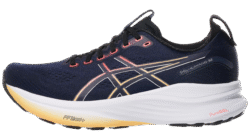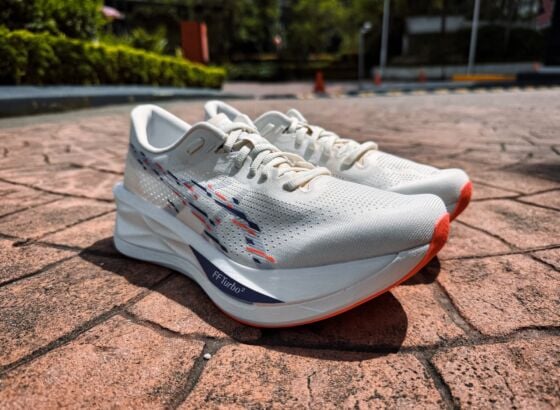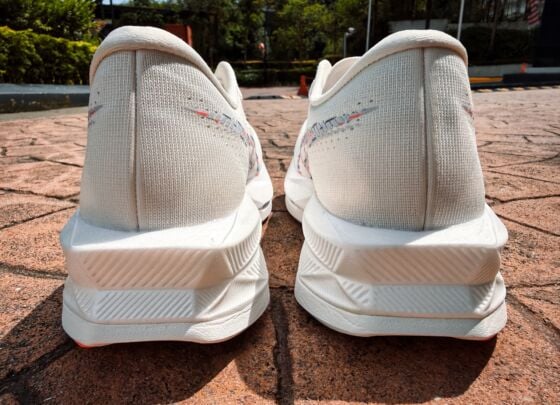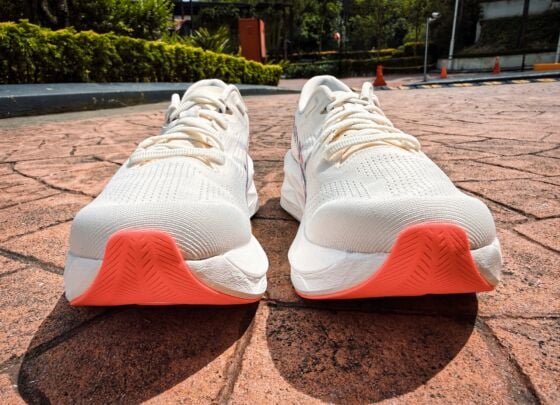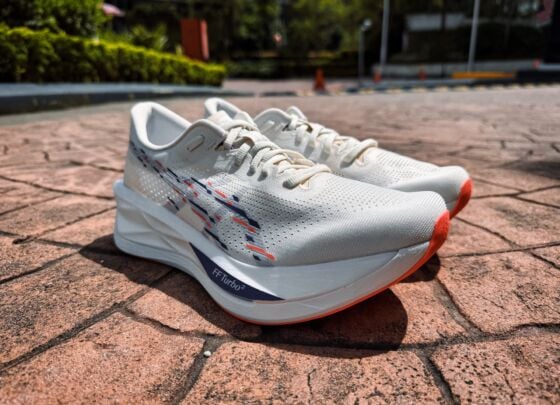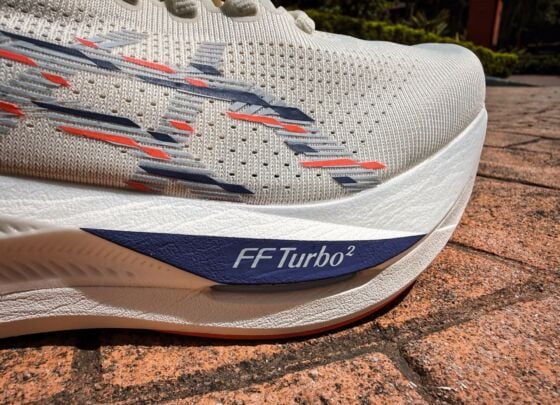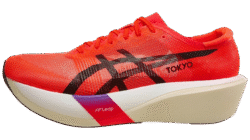Asics SONICBLAST review
Asics SONICBLAST Verdict
The pros
- Better availability than the Superblast and Megablast
- Good grip in wet weather
- Breathable upper
- Durable outsole
- Very stable ride
The cons
- Doesn’t feel as fast as other plated trainers
- Lacks some bounce and energy return
- Narrow forefoot
Rating breakdown
Facts / Specs
Size/Fit
Cushioning & ride
Usage
Who should buy the Asics SONICBLAST ?
If you want to do your easy or recovery runs in a plated trainer, the Sonicblast is the shoe for you.
If you find the Novablast 5 too soft and too flexible, the Sonicblast addresses those issues.
Who should not buy the Asics SONICBLAST ?
If you have wide feet, the Sonicblast will be way too narrow.
If you’re looking for a fast speed trainer, the Sonicblast will feel too sluggish.
Asics SONICBLAST Introduction

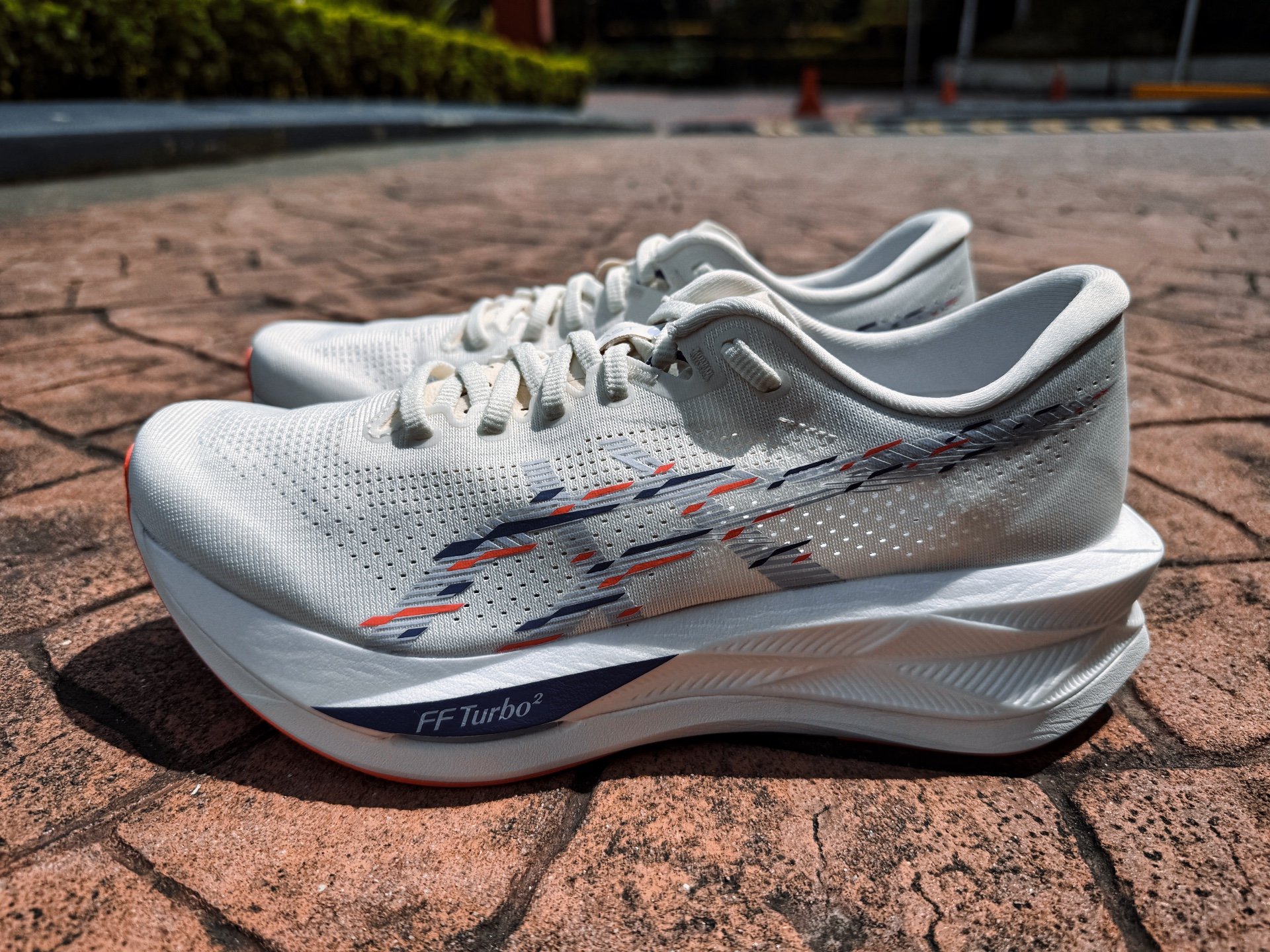
The Novablast has built its reputation on soft, springy cushioning and versatile comfort. Here in Malaysia, it’s one of the most popular daily trainers and it’s one of the first trainers I recommend to runners who are looking for an energetic, durable workhorse that won’t break the bank.
Building on the success of the Novablast, ASICS has now created the Sonicblast. The Sonicblast comes from consumer insight research that showed that runners wanted a plated Novablast. The Sonicblast is designed for both speed training and daily training.
ASICS already has the Magic Speed which is their plated speed trainer for uptempo runs however, the Magic Speed feels vastly different to the Novablast: it’s much firmer and it doesn’t have a bouncy ride. Its carbon plate is also very stiff.
The Sonicblast weighs 9 oz (255 g) for a men’s US 9, so it’s 0.3 oz (8 g) heavier than the Novablast 5. It has stack heights of 45 mm/37 mm and it has a Pebax plate sandwiched in its midsole. It costs $180, $30 more than the Novablast 5.
Testing Details
- 18 km easy run at 6:30 per km
- 4.5 km treadmill run at 6:35 per km
- 14 km recovery run at 6:43 per km
- 3 km warm up at 7:42 per km
- 8 km recovery run at 8:21 per km
- 12 km easy run at 6:30 per km
- 9 km recovery run at 7:09 per km
- 12 km easy run at 6:25 per km
Asics SONICBLAST First Impressions

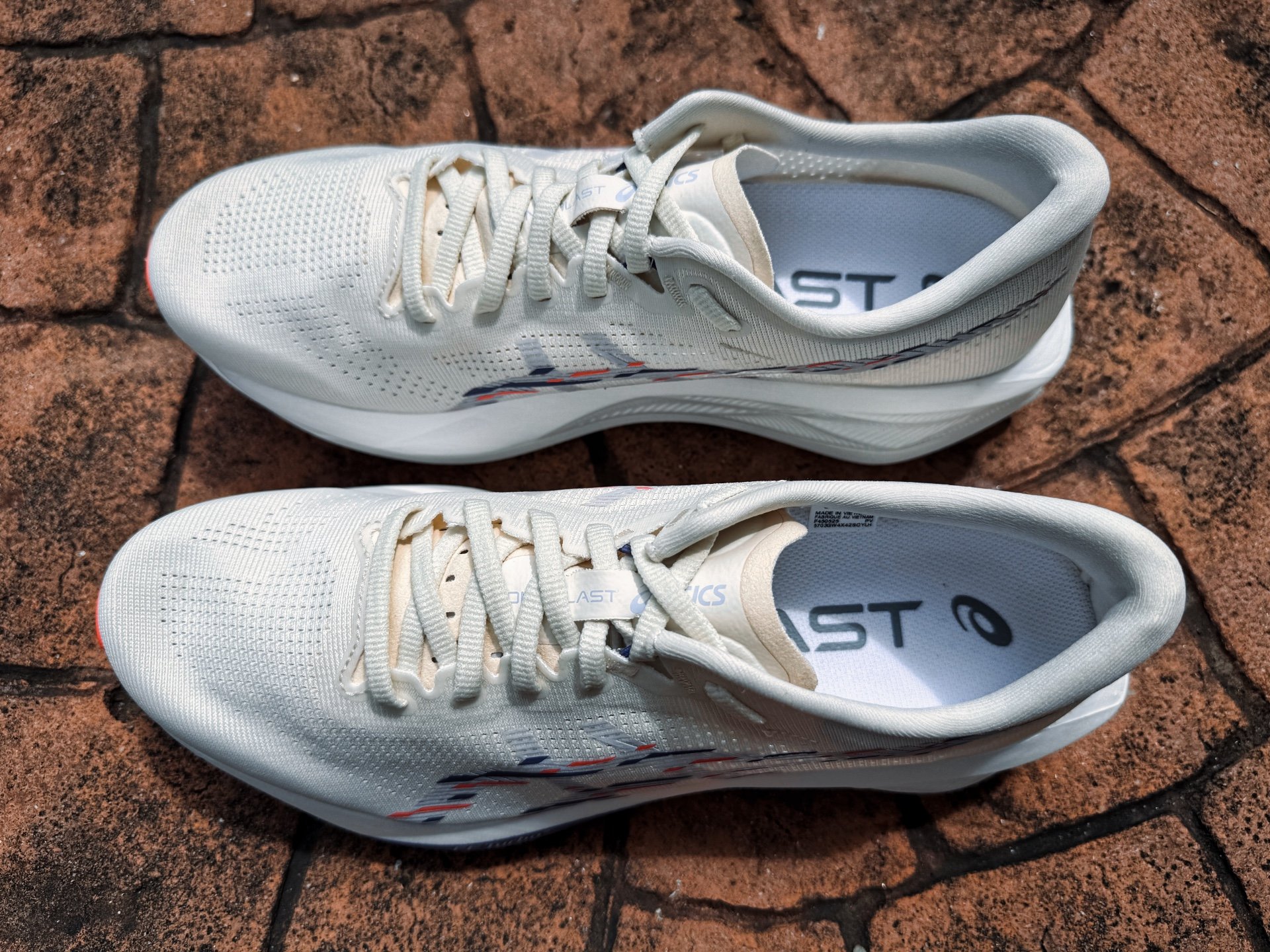
My first run was an easy Sunday 18 kilometre run at 6:30 per km (10:29 per m). It felt a lot firmer than the Novablast 5 and it didn’t have the bounce of the Novablast either. The top layer and bottom layer felt really similar: it didn’t feel like 2 different foams in the midsole.
The upper was really comfortable and it fit me like a glove. There were no hotspots and no break in period was needed. During that first run, it felt like an average plated trainer- it didn’t impress me that much.
The shoe that it reminded me of was the ASICS Gel Kinsei Max. Both trainers feel more like daily trainers than speed trainers for workouts.
Asics SONICBLAST Upper

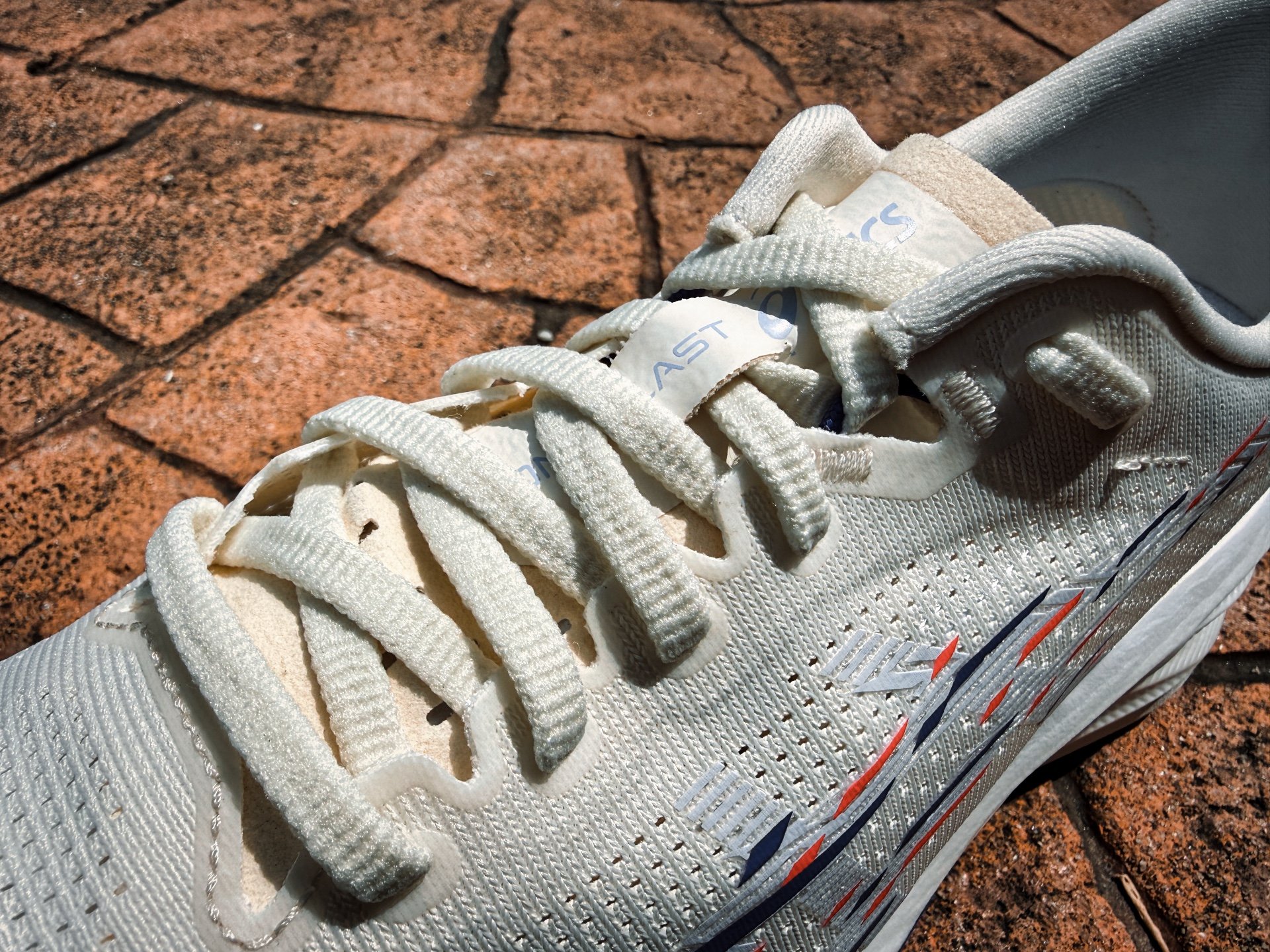
Sonicblast upper is one of the best ASICS uppers I’ve tried in a long time. It conforms to my feet, it’s light & breathable, and it provides excellent foot lockdown.
It has a flat tongue that’s semi-gusseted so it doesn’t move around during runs and there’s no heel slippage. It’s true to size but it has a narrow forefoot so it’s not suitable for runners with wide feet. Its only flaw is that it doesn’t have any reflective elements.
Asics SONICBLAST Sole Unit

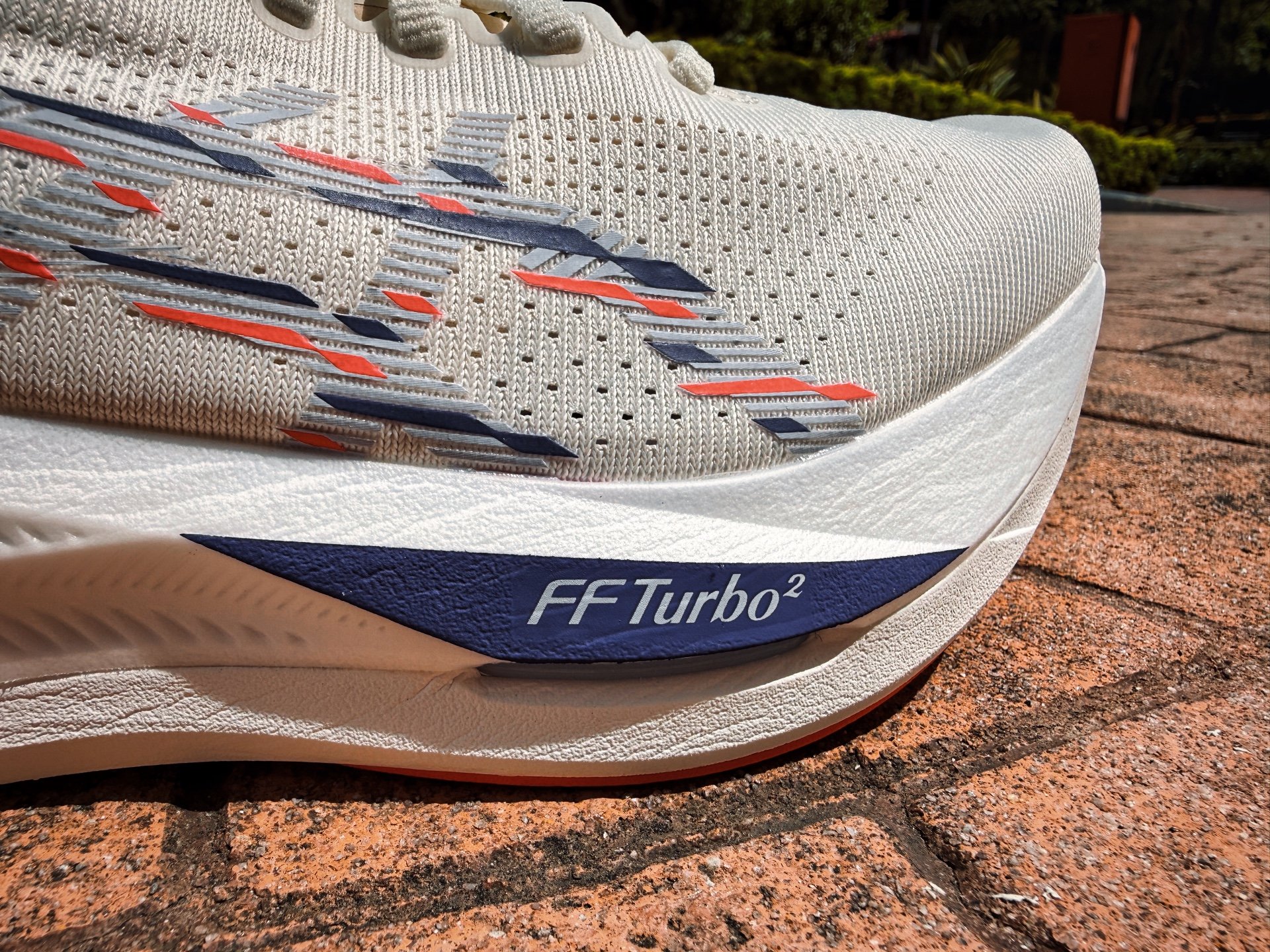
The ride of the Sonicblast is confusing because it doesn’t feel fast or propulsive like a speed trainer but it also doesn’t feel soft and bouncy like an ASICS daily trainer. It feels like a cushioned trainer for relaxed long runs.
It’s a dual-density midsole with the new FF Turbo Squared on the top and FF Blast Max on the bottom. FF Turbo Squared is an aliphatic TPU but it doesn’t feel like it- it doesn’t have that pleasant squish and fast release of other A-TPUs. FF Leap in the Metaspeed series is also A-TPU but it feels completely different to FF Turbo Squared.
The Sonicblast has a firmer ride than you’d expect for a shoe with such a thick midsole. It’s not as firm as the Magic Speed 4 but it’s firmer than the Novablast 5, GlideRide Max and Kinsei Max. Its ride also feels a bit flat and lacks the energy return of the Novablast.
I only enjoyed the Sonicblast on easy runs slower than 6 minutes per km (9:40 per m). Its substantial 9 oz weight makes it feel a bit clunky so it doesn’t enjoy picking up the pace. It’s best suited to slow, long runs because of how stable its ride is. The Pebax plate also improves efficiency on long runs.
The Astroplate in the Sonicblast is relatively rigid considering it’s Pebax and not carbon. It’s stiffer than the Saucony Endorphin Speed 5 but not as stiff as the ASICS Magic Speed 4. It’s about the same stiffness as the Adidas Boston 13, PUMA Deviate Nitro 3 and New Balance SC Trainer v3. The Astroplate feels like it isn’t providing much propulsion in the Sonicblast but it does make the ride very stable.

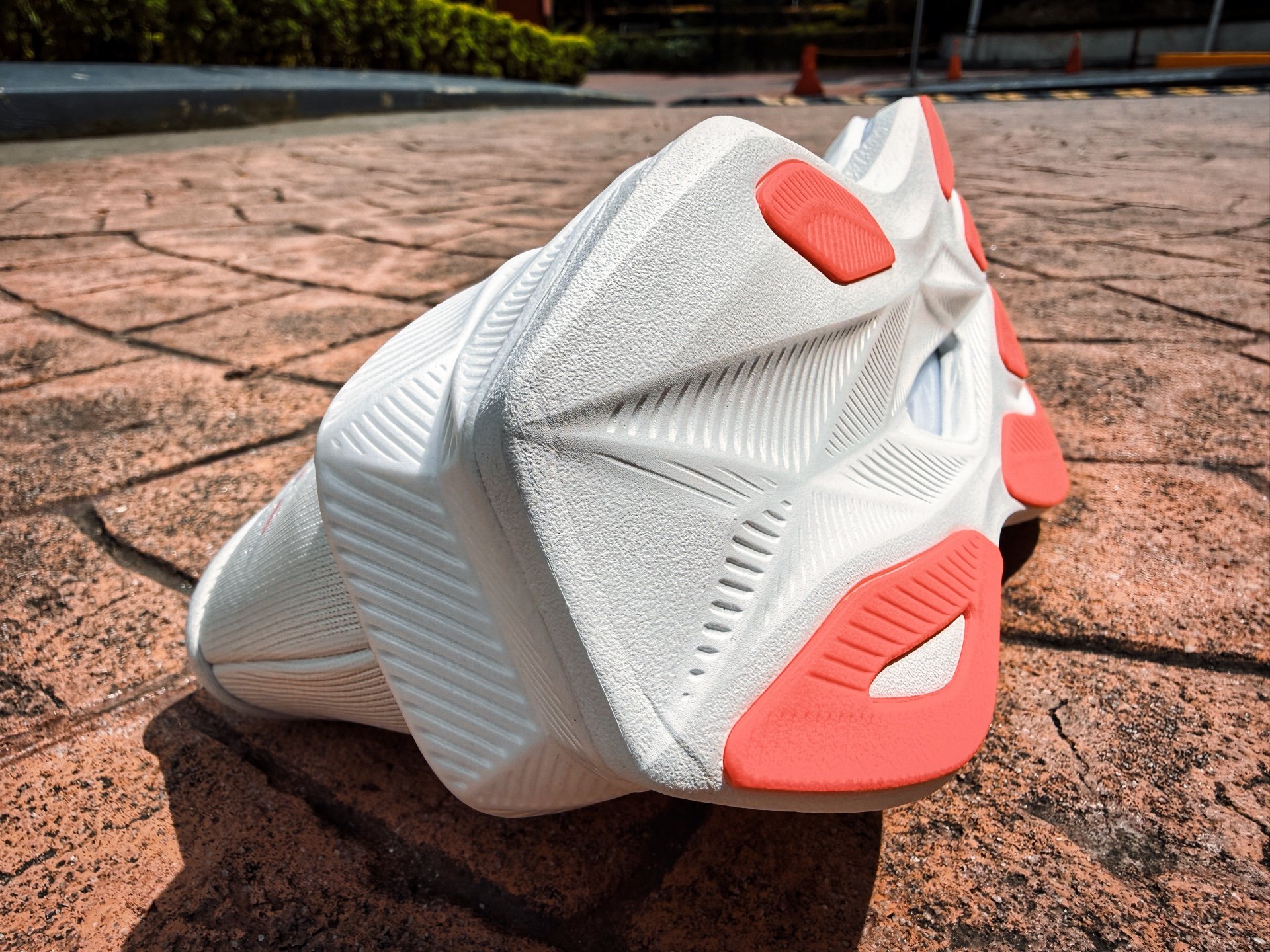
The Sonicblast has a really good outsole which is very durable. ASICSGRIP rubber protects all the high wear areas and provides superb traction on wet surfaces. There’s minimal visible wear on my pair after 80 kilometres; the lugs are tough and the exposed midsole foam is also very durable.
Asics SONICBLAST Conclusions

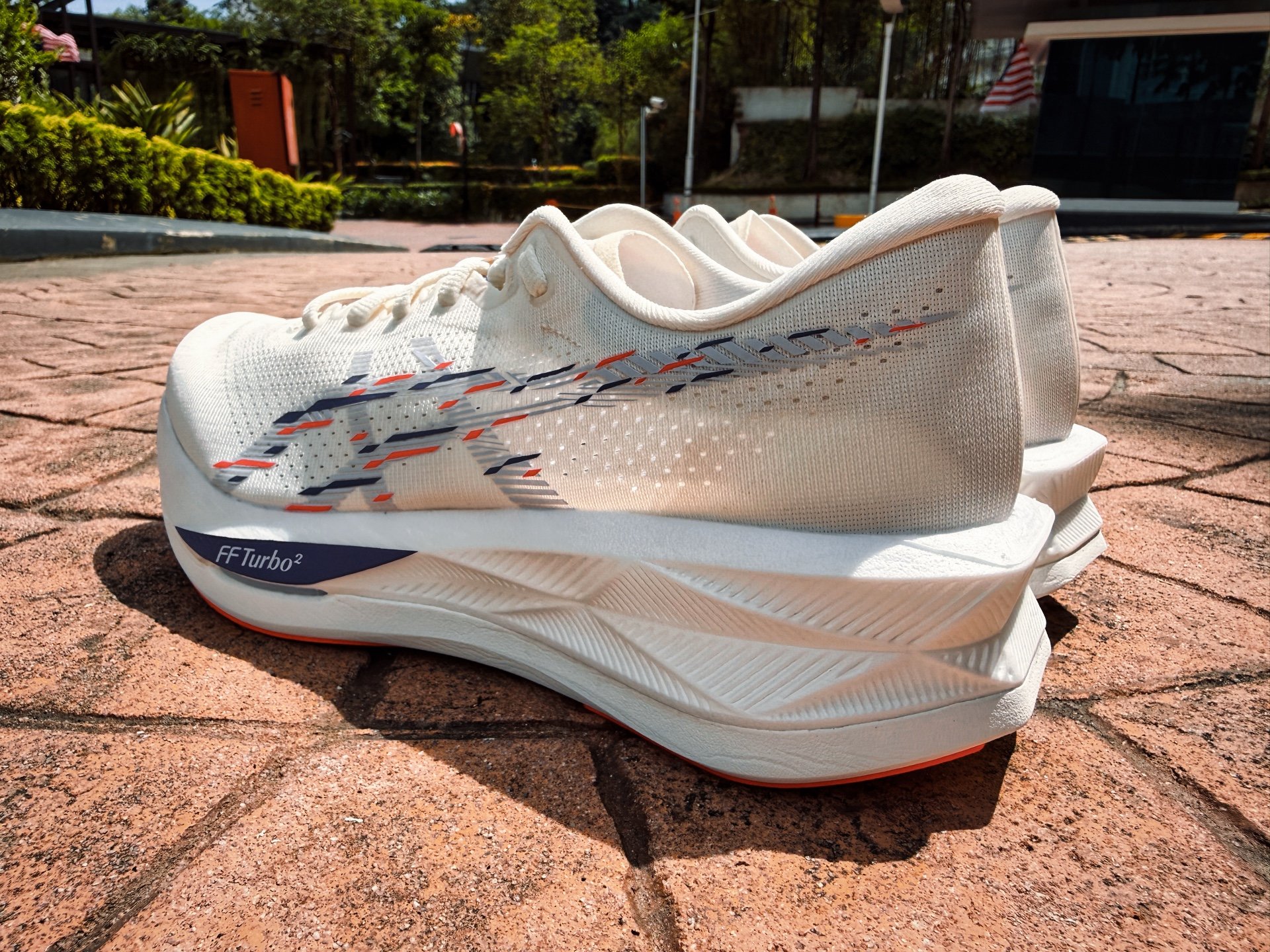
The Sonicblast is a disappointing release because it lacks the bounce and the excitement that a $180 super trainer should have. The layer of new FF Turbo Squared in its midsole is too firm and too flat. Its ride isn’t as energetic as other ASICS trainers.
I prefer the ASICS GlideRide Max (has an EVA mini plate) to the Sonicblast for daily training because it has a plusher ride. It’s also $10 cheaper than the Sonicblast.
The Sonicblast’s existence in the ASICS lineup is irrelevant. For workouts I’m picking the Magic Speed, for easy runs I’m picking the Novablast or GlideRide Max, and for long runs I’m picking the Superblast.
The Sonicblast is designed for runners who want to do their easy runs in a stable, plated trainer. It feels more stable than the Novablast 5 but it doesn’t have the same soft, energetic ride.
The good thing about the Sonicblast is that there’s plenty of stock currently available, unlike the more expensive Superblast and Megablast in the Blast family.
How does the SONICBLAST compare?
Why you can trust us
As editorial policy, we do not accept free samples from companies.We purchased this pair of Asics at Running Warehouse with our own money.
This page contains affiliate links. As an Amazon Associate we earn from qualifying purchases. Read more about our policy.
Reviewed by Brandon
Brandon is a South African marathoner based in Malaysia, where the humidity is high and his shoe rotation is even higher. He’s a runner with a full-blown addiction to running shoes. Most people buy shoes to run—Brandon runs to justify buying more shoes. If there’s a new drop, he’s probably already logged 100km in them.
User feedback (0)
Similar shoes to Asics SONICBLAST

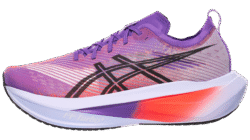
ASICS MEGABLAST Review

